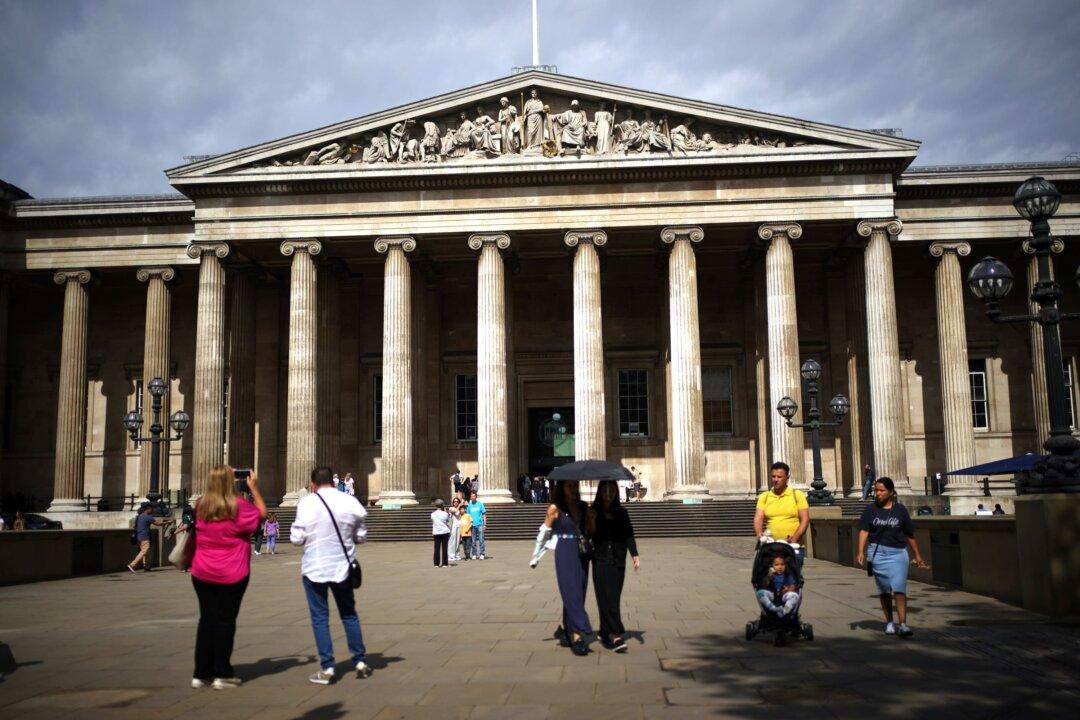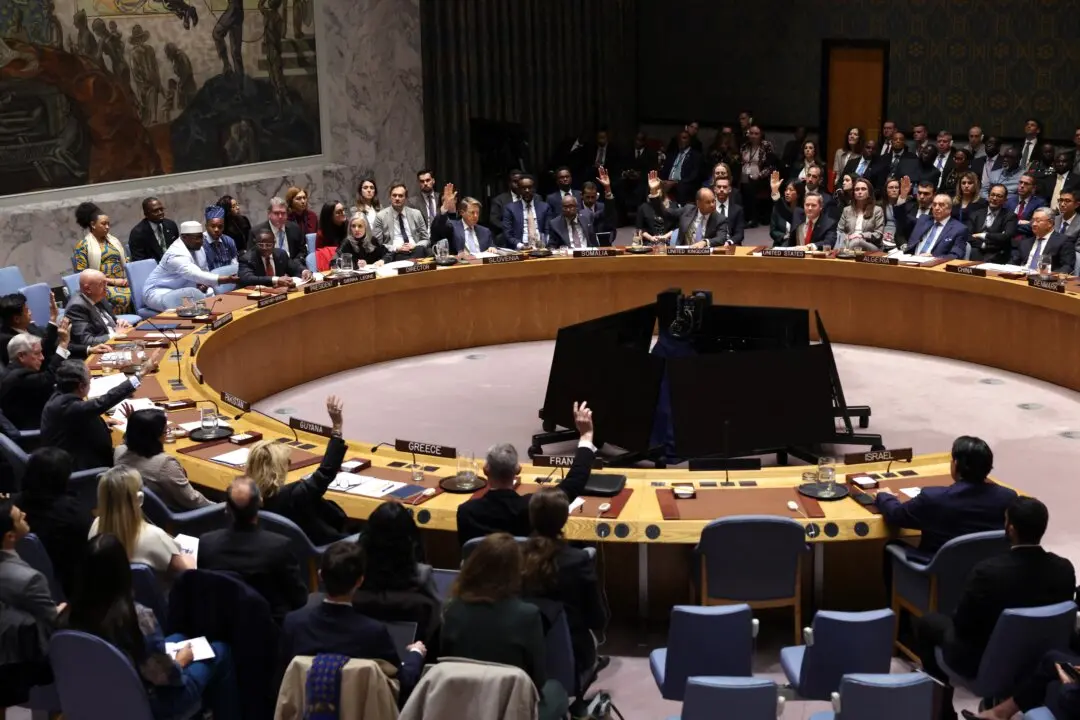The British Museum has published images that could lead to recovery of items found to be missing, stolen, or damaged last month.
The museum has called on members of the public to share any information relevant to the gems and jewellery that have gone missing.





